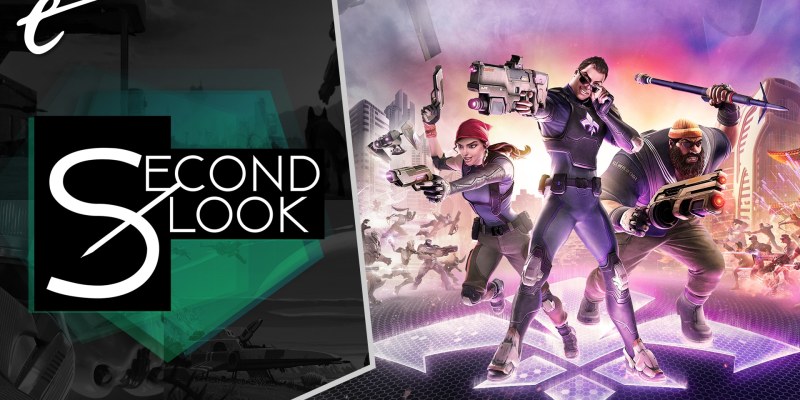What if I told you Agents of Mayhem isn’t a bad game so much as a bad roommate situation? Because really, there’s not one game in Agents of Mayhem, but three — and it’s their constant tug of war that threatens to bring the experience down at every turn. The question of whether you should play it is a matter of not what you want out of a game, but how much of an egregiously overengineered experience you can overlook, because at its heart, there is something to enjoy in Agents of Mayhem.
The core mechanic of swapping heroes a la Overwatch in a single-player action game is enjoyable, as your chosen trio of agents work like weapons of choice. Instead of just whipping out a shotgun, you switch to Johnny Gat, earning the benefit of his SMG stun move and John Woo aimbot ultimate move. Need to emphasize platforming and keep enemies back? Kinzie Kensington as Agent Safeword glides around whilst firing charged blasts of energy to disrupt and cripple her opponents, in addition to hacking foes into walking bombs with her ult. Need to tank a lot of hits? Oleg as Yeti can endure plenty of punishment while freezing enemies in place to buy some breathing room.
At a surface level, agents are comparable to their contemporaries in Overwatch, yet the final roster (including some DLC agents) approaches matters quite differently. These aren’t heroes designed to counter other players, but instead a glut of enemy AI variants that have their own unique attack strategies. As a result, they’re allowed to go more niche, like Daisy as a minigun-toting roller derby girl and Oni with his trusty revolver that instantly recharges its precise shot if you get a one-shot kill. Ultimately, every character has a worthwhile use.
This is Agents of Mayhem at its best. You harness kickass agents who can melt through opponents regardless of their ludicrously large health bars. You dash through combat, laying down the law through a variety of approaches. This is most obvious in the game’s Wreck Room training area, where all the other games in Agents of Mayhem are brushed aside into a convenient bin.
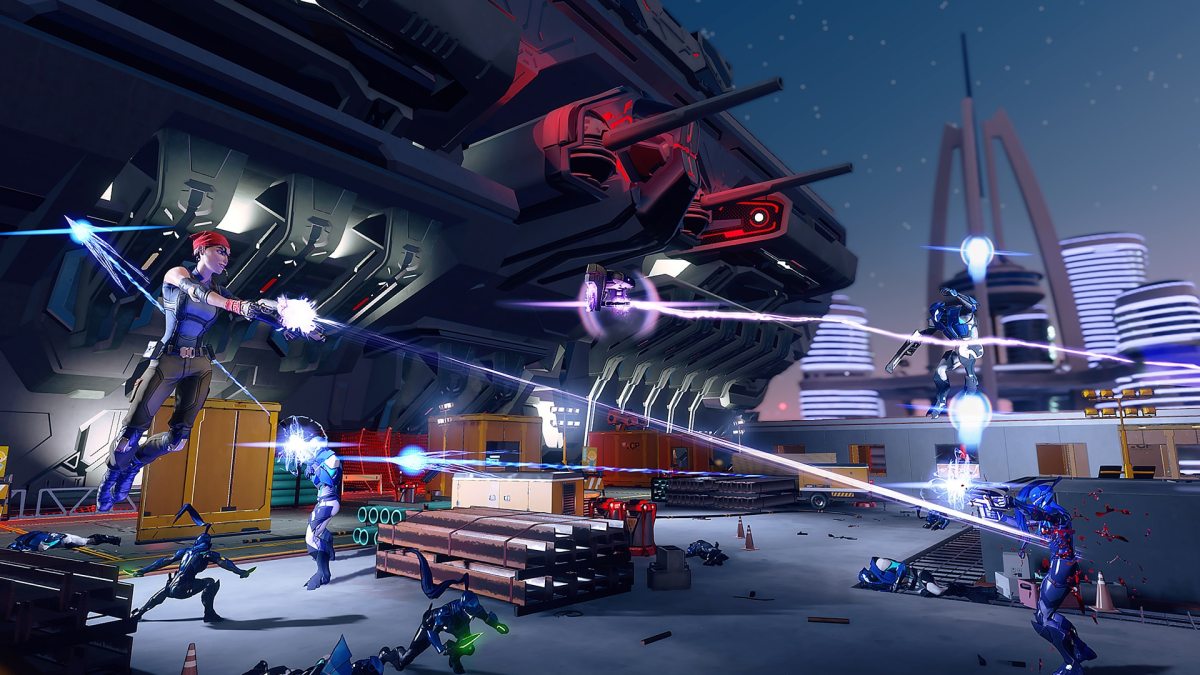
Were the core focus of the game on instanced challenges in tighter confines but with a dash of objectives to grapple with, then I believe the game would have received a far more positive reception. The enemy variety is solid, easily strong enough to support a great 8-12-hour single-player campaign, with bouncy AI that wields the environment to its advantage (when not glitching). The refreshingly diverse cast is charming as well. I mean, name another game where a Sikh man’s spiritual beliefs are referenced in his backstory for why he became a noble smuggler or where the “macho incarnate” character is a Black woman who verges on out-badassing Sgt. Johnson from Halo.
Unfortunately, Volition must’ve felt as though Agents of Mayhem weren’t enough on its own. Though initial advertising made it sound like we’d be looking at a globetrotting homage to G.I. Joe, that homage remains shallow at best. The Saints Row slice of Agents of Mayhem’s trifecta is set entirely in Seoul, South Korea, save for some missions to villainous lairs in other regions that are conveniently interior-only so no unique visual assets are ever needed. Though it’s understandable that Volition wanted to capture the same energy as Saints Row IV with a jungle-gym futuristic city full of optional objectives, the result is impressively bland.
Part of this comes down to the art direction, which is certainly cartoony, but often this results in flat color choices for environments, with only a hint of neon in most LEGION bases. Even Mayhem’s headquarters are pretty sterile. Though Volition grasps the fundamentals of G.I Joe with its brilliant character designs, the world is so textureless that it’s as if a cleaning crew has vigorously washed all of Seoul while you weren’t looking. There’s not so much as a bootprint on the ground. The sterility instantly gets under your skin and feels inherently disingenuous. For a game that tries to bring both crass levity and earnest pathos to its world-building, the actual world is devoid of any such personality.
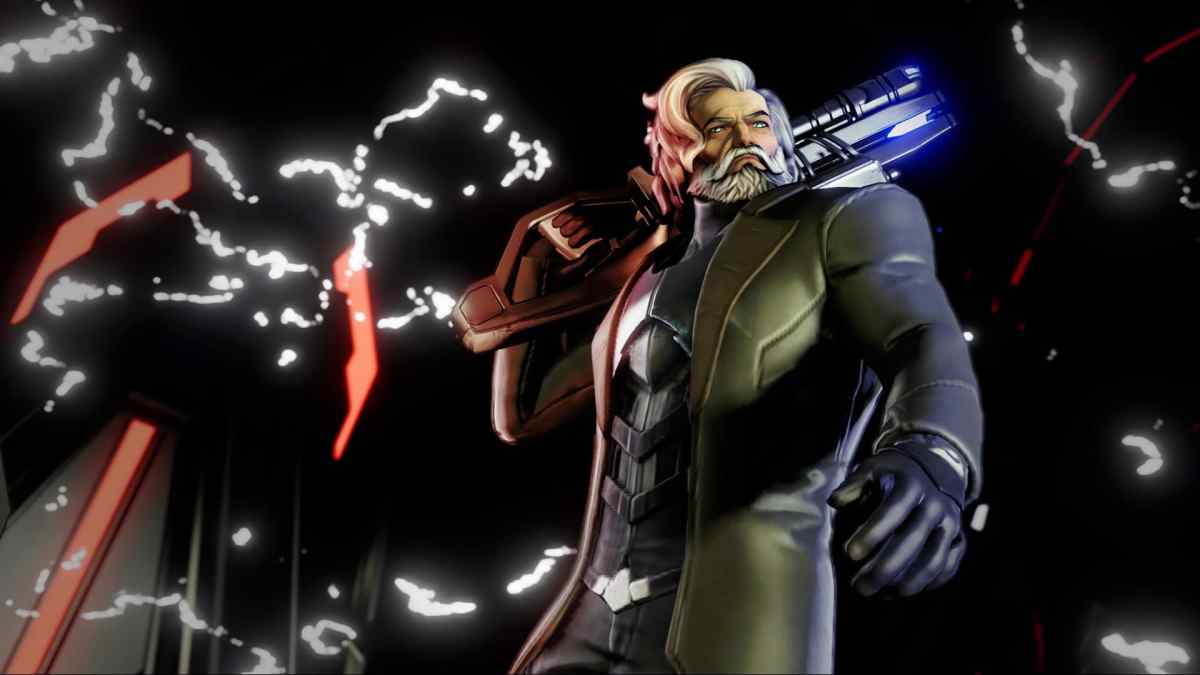
This goes double for mission design, but that’s complicated by the third game jammed into Agents of Mayhem — Destiny. Or Diablo. Take a pick of the nearest action RPG, because that’s how smoothly integrated the loot and status effects are. Granted, some of the modifiers offered are worthwhile — such as swapping Pierce’s SMG for a charge-fire plasma gun — but nothing here couldn’t have been provided by simple skill trees for each agent. No one was asking for crafting in Overwatch or Saints Row, yet it’s a key thing to do between missions as you can create power-ups and additional modifiers that can help you progress.
What’s remarkably refreshing, if nothing else, is that none of this is monetized with loot boxes. What’s less endearing is that it’s still hugely luck-dependent what you’ll unlock, how you’ll unlock it, and when the game will bother to grant you your desired reward. You’d think that, given the game has a variety of skins for each agent, those would be something to grind for or a reward for completing their individual questlines. But instead, the fastest way to unlock character skins in Agents of Mayhem is to foot race across Seoul in the Recon Run side activity. It’s a pure platforming challenge that often drags you through the radius of dynamically generated enemy engagements you’d otherwise have more fun with, as if to rub it in your face.
Instead, what the majority of missions reward you with is currency and resources to craft moar stuff. Gotta craft ‘em all. Though there is the clever decision to give you unlocks for characters you might not be fully harnessing, those rewards often aren’t enough to sway you into playing them. But it’s at least the one part of the pointless progression system that seems to go anywhere.
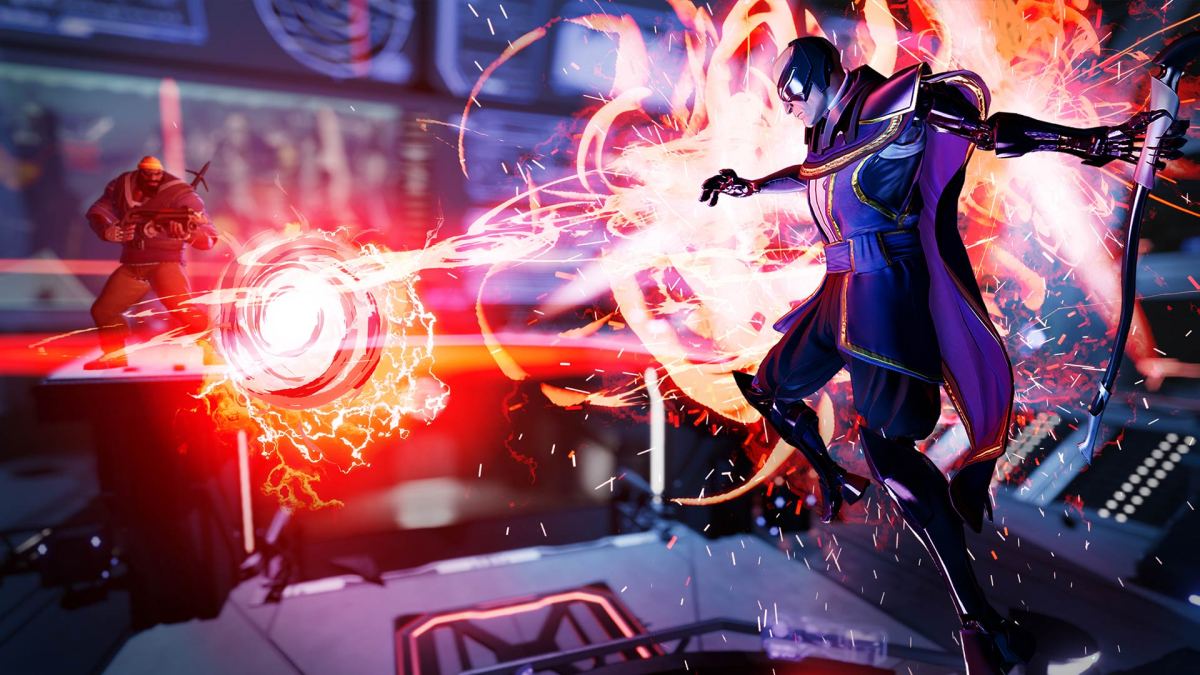
Trying to combine ARPG mechanics with hero-swapping results in an open-world sandbox that can’t be all that intricate. Volition had to design the world to fit any play style chosen, whether the player is on roller skates, levitating, or running on foot. To compensate, the world is relatively flat, and often the biggest challenge is figuring out which buildings to double-jump across to get to your next objective.
Having to account for every option unfortunately infects the best parts of Agents of Mayhem as well. Due to the ARPG nature of everything, each hero has two specializations that rarely come in a unique combination, and confronting bosses demands that you bring one character of each type. One agent should be a heavy hitter who can break armor, another should tear through shields, and a third ideally has a unique sub-specialization catering to a particular sort of LEGION lair.
It doesn’t matter that Oleg and Kenzie are wildly different agents: Since they both have an affinity for demolishing energy shields and hacking, having them both is functionally redundant. The thrill of developing your own team and play style is wrestled to the ground for the sake of status effects and damage modifiers. To call the result depressingly frustrating is an understatement, as, again, Agents of Mayhem itself isn’t a bad game.
Agents of Mayhem could have benefited from a lower-budget sequel with a narrowed focus. Keep the great characters, the absurdly convoluted lore, and core combat, but make it smaller and personal. Not every game needs to be so massive that it collapses under the bulk of unnecessary overengineering.
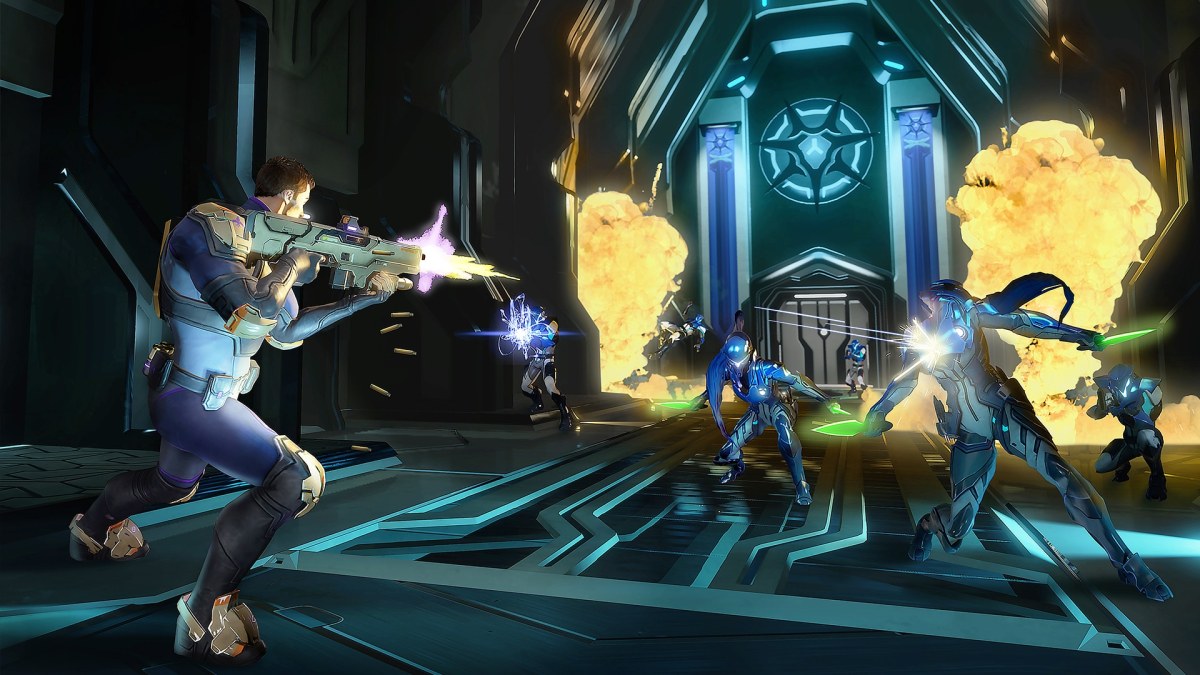
It’s likely fair to assume that the demanding game design layers are why the game remains so buggy as well. I had a quest trigger break, demanding a restart of the entire game, and several other major optimization hitches that shouldn’t be in a finished AAA game. Opening a menu accidentally made it impossible to clear a Mission Complete screen. Being run over by a truck trapped me inside it. These are serious issues.
The clearest you can see what Volition was initially aiming for can be found in agent recruitment missions. These brief vignettes that let you toy around with each playable character for a few minutes are absolutely the best part of the game. Enemies aren’t bullet sponges. The RPG aspects are scarcely mentioned. There’s nearly no open world to speak of, and when it is present, it’s used for unique framing. This is Agents of Mayhem, and it’s a tragedy that such an enjoyable blend of shooting, platforming, and tongue-in-cheek silliness is obscured under the blandness of its roommates.
Should you bother with it? If found on sale, absolutely, particularly if bundled with its DLC — the whole package often goes for as low as $5. I enjoyed far more of my time with Agents of Mayhem than I didn’t, despite its many flaws. It’s a perfect time-waster game with enough heart to its cast and hero design to keep you engaged for a weekend or two. The problem is that the game demonstrably deserved better. One can only hope that, after all of this, whatever Volition is working on next learns from the mistakes made.
